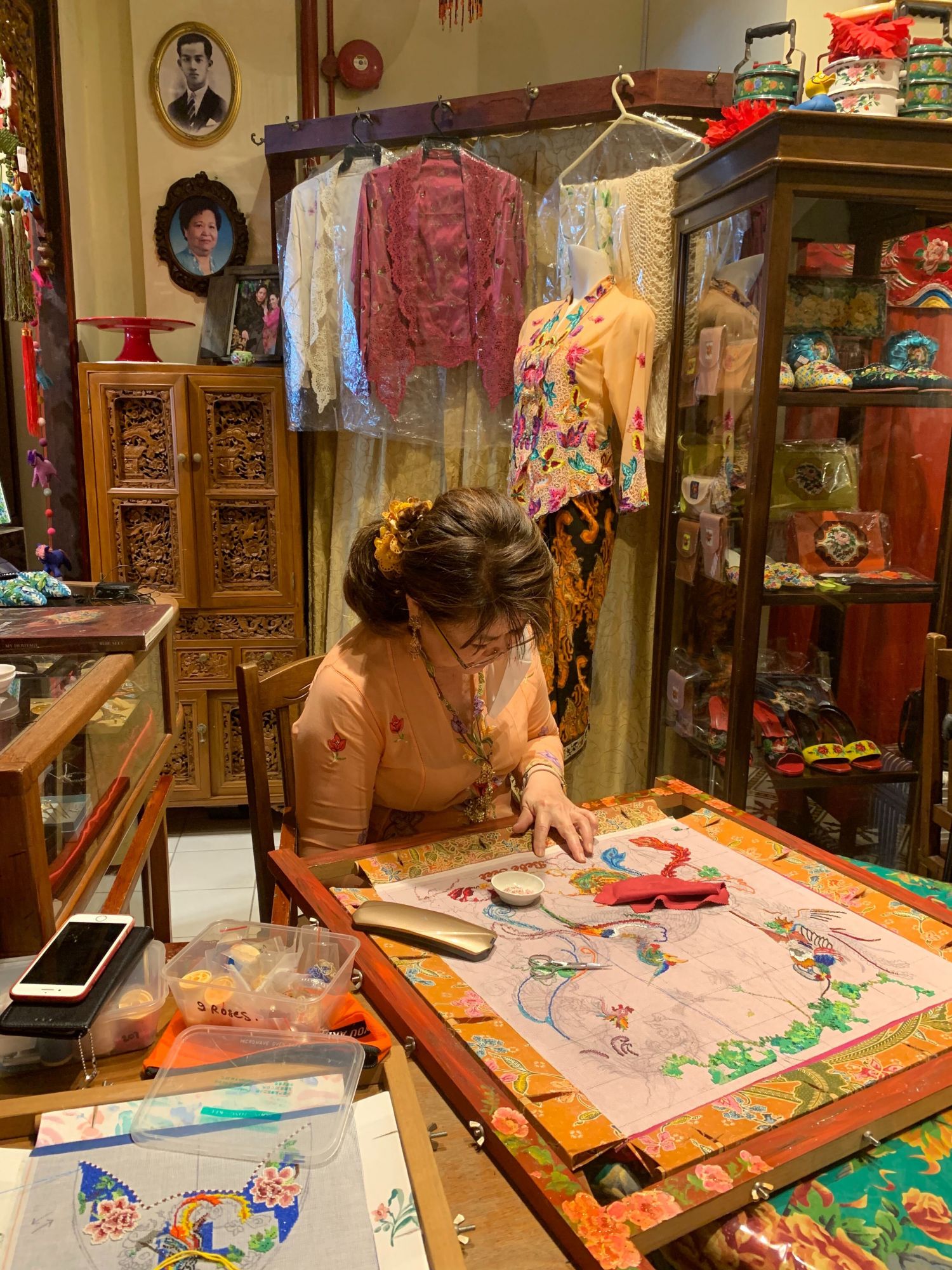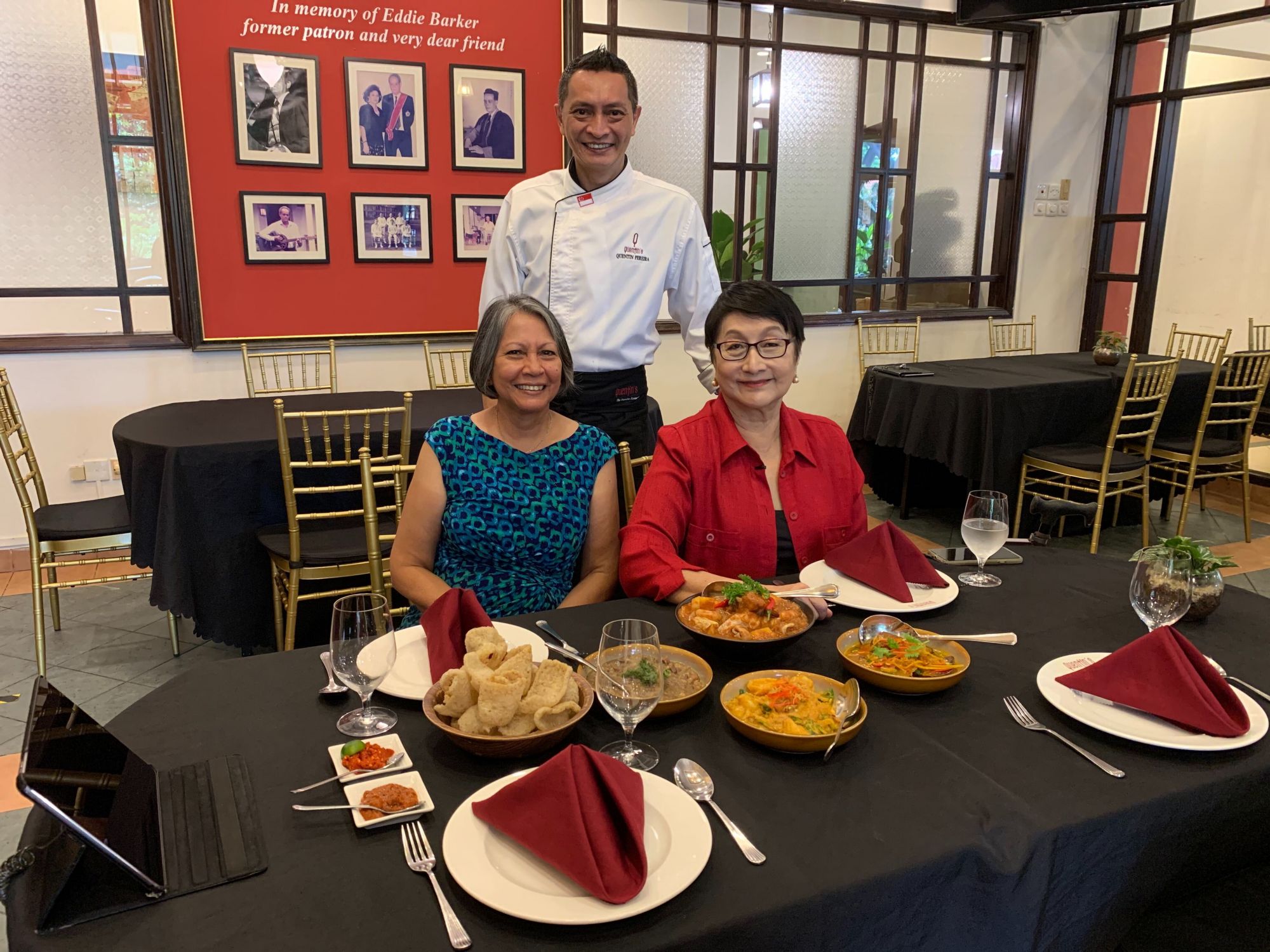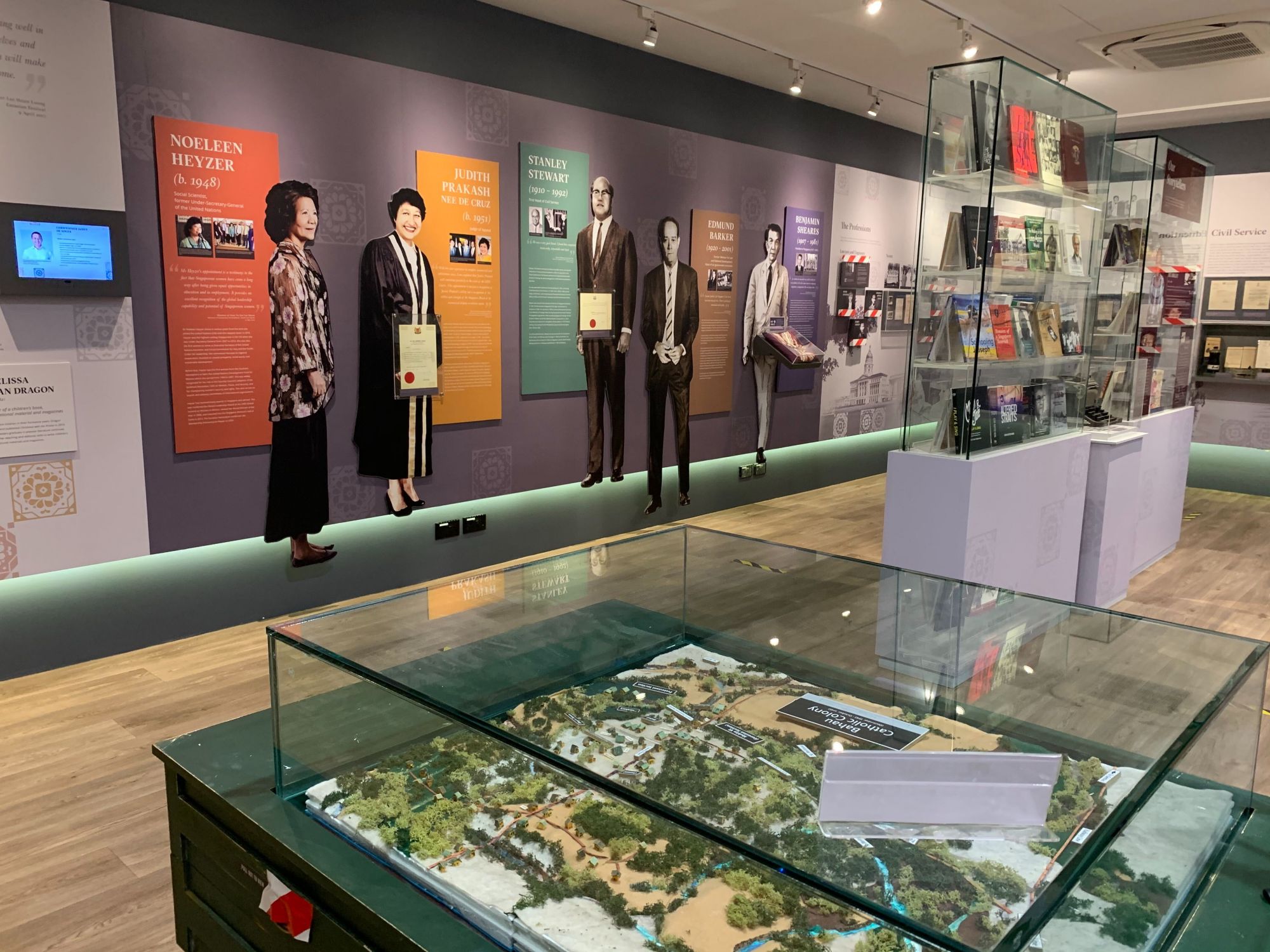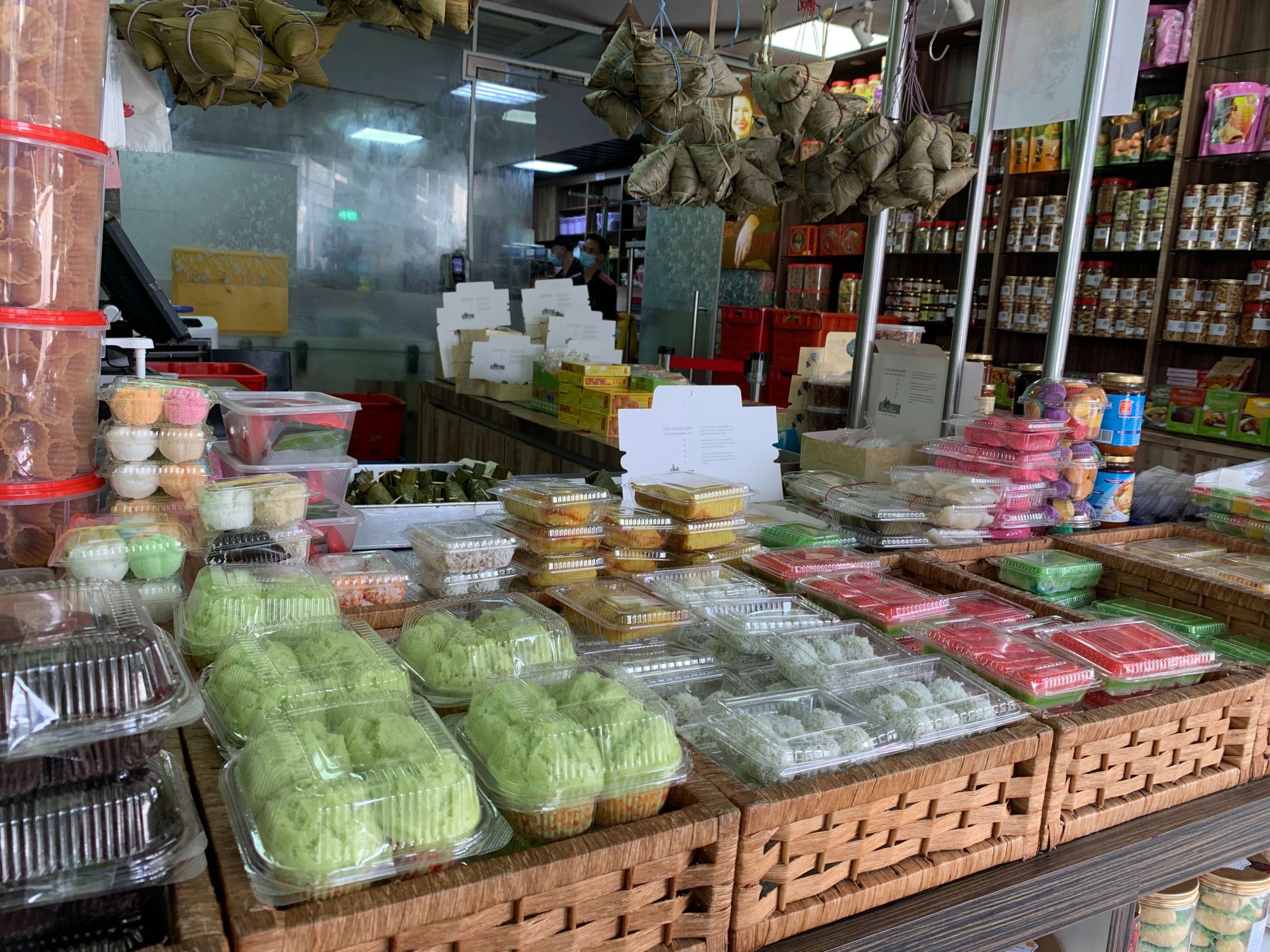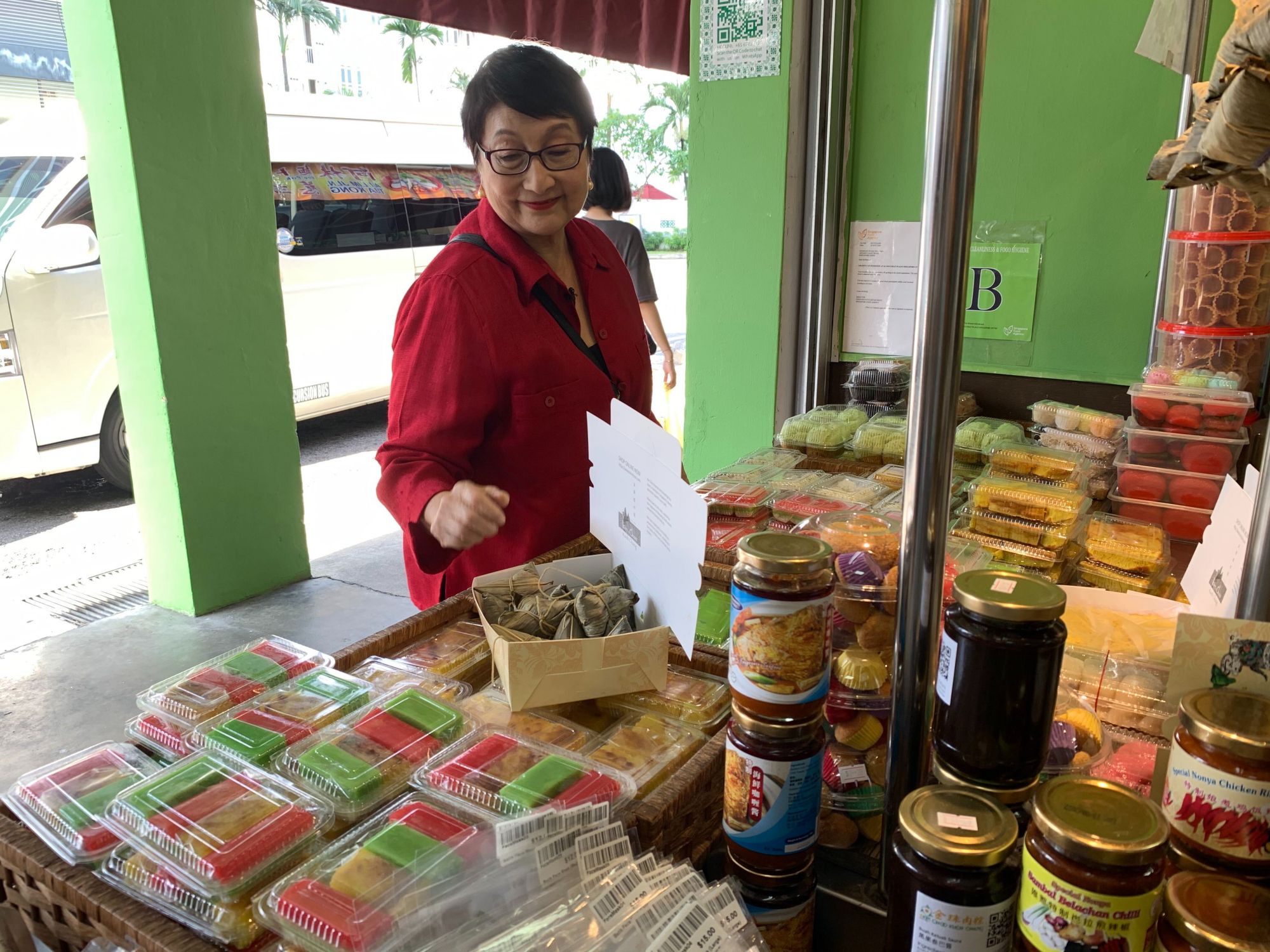The grande dame of Peranakan cuisine takes us around the neighbourhood of Katong for the fourth episode Tatler Tours, giving us a glimpse into her favourite childhood spots and old haunts. We discover heritage Peranakan shophouses, third-generation food business owners and the Eurasian community that make up this distinct neighbourhood
Many may recognise Violet Oon as the lauded Singaporean chef famous for her Peranakan cooking—and aptly so, given that she co-owns a string of namesake restaurants, together with partner Manoj Murjani, that are scattered across the island championing Peranakan cuisine. The former food journalist has also been Singapore's Food Ambassador since 1988 and is one of the most dominant voices in Singapore's food scene. Today, her children Tay Su-Lyn and Tay Yiming remain by her side to run her thriving establishments.
(Watch Episode 1 of Tatler Tours: Jamus Lim Takes You Around Anchorvale, Sengkang | The Best Food, Activities and Spots)
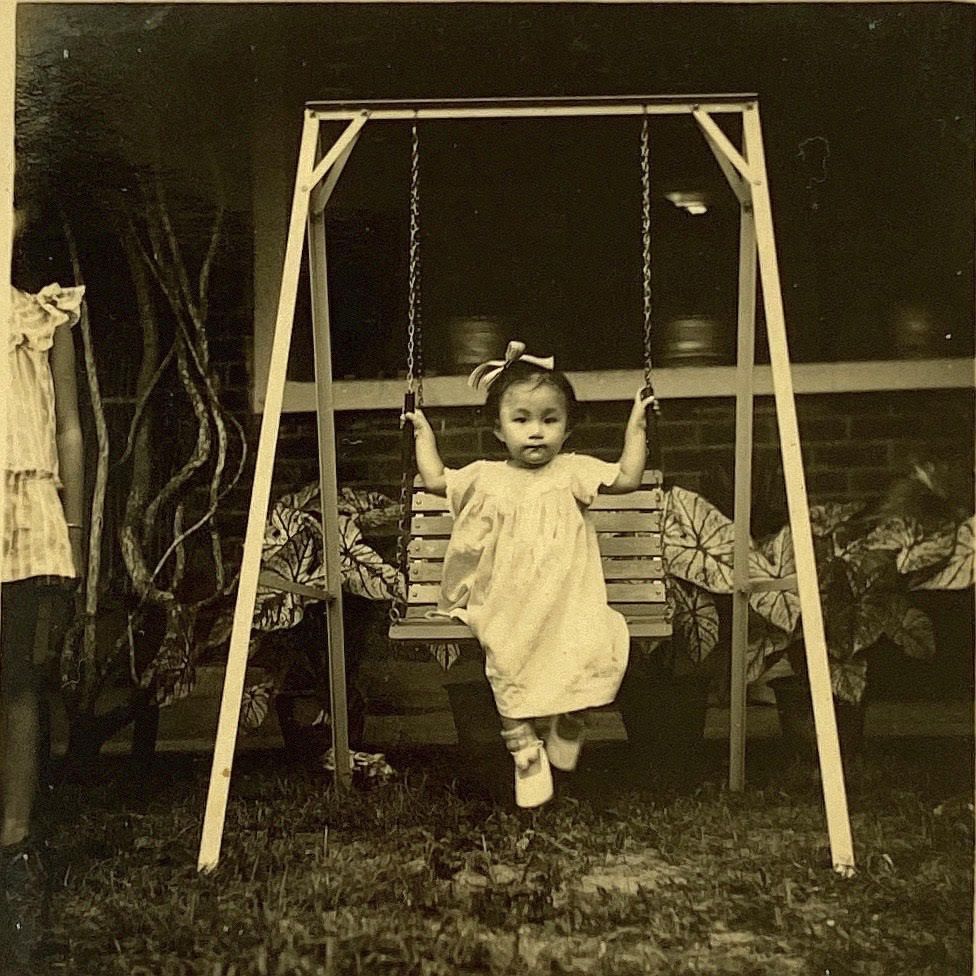
The Girl from the East
When we first got in touch with Oon about the series, she was quick to share about the neighbourhood of Katong—a residential area located in the East of Singapore. She started with the story of Kuo Chuan Ave near East Coast Road, wherein lies a stretch of black and white conservation houses, where Oon once called home prior to her years in London. For the uninitiated, the address may still exist but it is now cordoned off for residents only. And according to Oon, the houses back then remained under rent control at only $49 per month, so her family retained their home even while they were abroad.
A quick chat with Oon and you'll find yourself amazed at her sharp wit and in-depth knowledge of the culinary world. From the history of popular ingredients that give dishes an extra oomph to stories of Singapore from a bygone era; a conversation with her is always an interesting affair, and it's no doubt why the 70-year-old culinary doyenne remains highly respected among her industry peers.
"I grew up in Katong, and it's a lovely neighbourhood because many places still remain the same despite the fact that so much has changed," Oon shares. "My memories here are mostly tied to food too!"
Katong is where Oon's special relationship with food started. And from there, her long-lasting friendships also grew alongside the spirit of community among business owners and restaurants that continue operate in the vicinity today. Here, she takes us along to her favourite spots in Katong, and introduces us to familiar faces.
Watch the video below:




